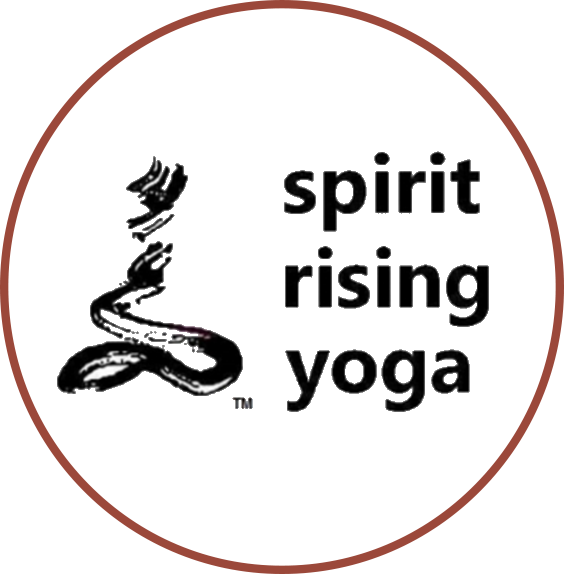Sitali Pranayam
Sitali pranayam is a well known breathing practice. It soothes and cools the spine in the area of the fourth, fifth and sixth vertebrae. This, in turn, regulates sexual and digestive energy. This breath is often used for lowering fever. Great powers of rejuvenation and detoxification are attributed to this breath when practiced regularly. Doing 52 breaths daily can extend your lifespan.Often the tongue may taste bitter at first. This is a sign of toxification. As you continue the practice, the bitterness will diminish and ultimately shift to a sweet taste. When the taste becomes sweet, Yoga Bhajan said that, all internal sickness has been overcome.
Posture: Maintain a straight spine, sitting in Easy Pose or a chair Keep your head level.
Description: Open the mouth and form an "O" shape with the lips. It may help to slightly pucker the lips. Extend the tip of the tongue slightly past the lips, and curl the tongue lengthwise into a “u” shape. Inhale slowly and deeply through the rolled tongue, filling the lungs completely (as in Long Deep Breathing). Exhale slowly and fully through the nostrils. If you are one of those persons who can’t role the tongue simply rest it on the lower lip and close the lips so the breath is inhaled through the small opening and you can feel it cooly moving over the tongue.
Eyes: Closed and rolled up towards the third eye point between the eyebrows.
Time: None specified, unless doing a particular meditation. Start with 3 or 4 minutes of practice. End: Exhale through the nostrils; then resume normal breathing through the nose.
Benefits: Sitali Pranayama is cooling and benefits the kidneys and adrenals. This breathing can be used to reduce fevers, to aid digestion and to help cleanse the spleen and liver.
Notes: The tongue can be pulled back into the mouth and the lips closed after each inhalation. Do the breath slowly and calmly, so that the passage of air through the tongue and nostrils makes no noise. There should be no whistling sound, and the breath is so calm and slow that “dogs are unable to smell it”.
As with any breathing practice, if you become dizzy or lightheaded stop the pranayama and resume natural breathing.
Related Pages: Pranayam Site-map
